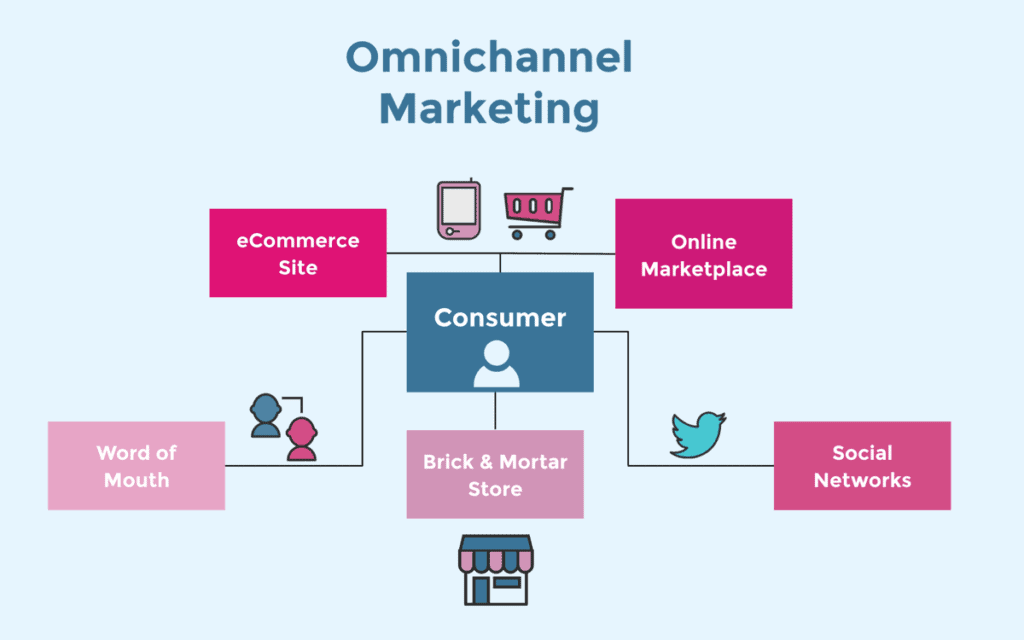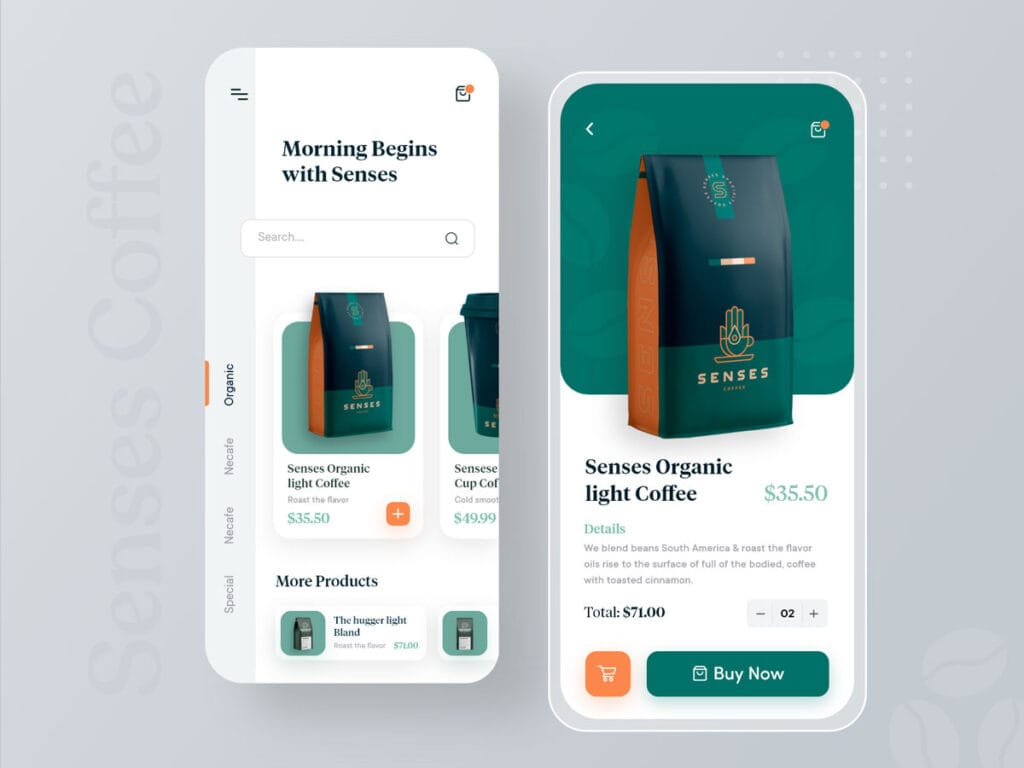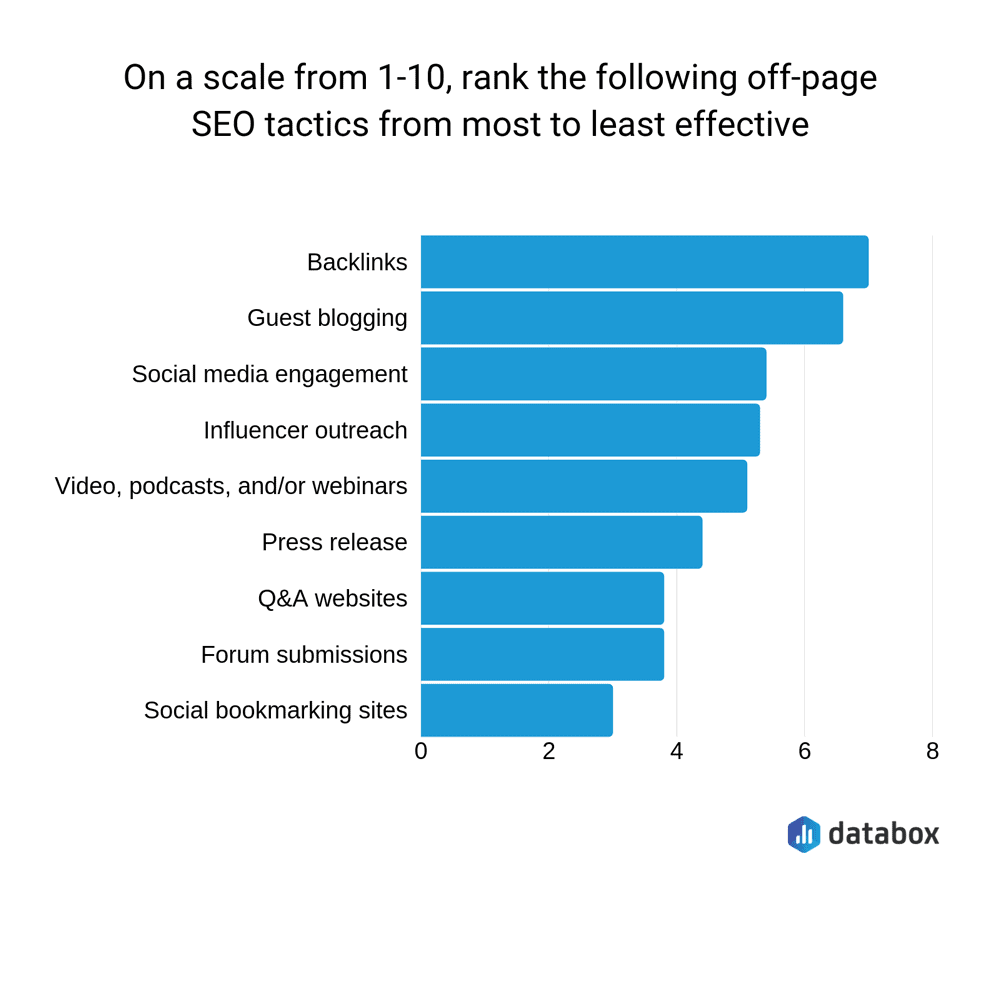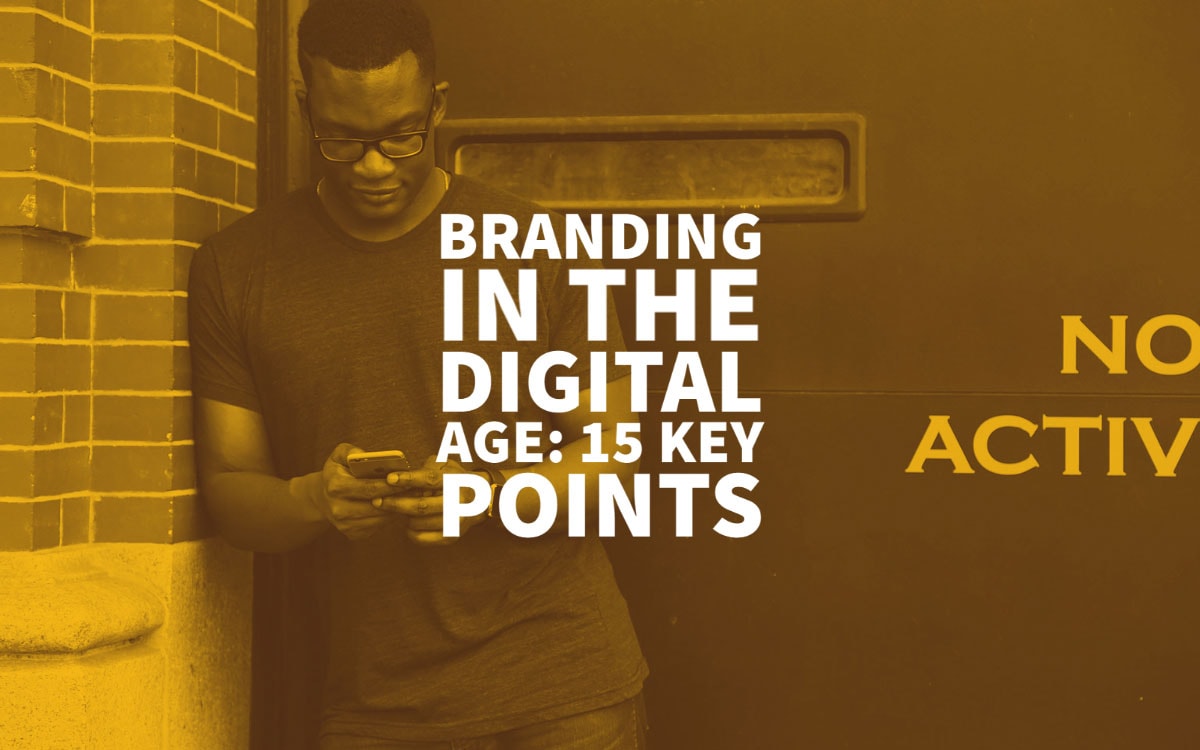
21 Dec Branding in the Digital Age: 15 Key Points
Branding in the Digital Age: 15 Key Points
Today’s branding has become worlds away from what it was last century now that digital marketing is so common.
SEO, social media and other various digital realms now shape branding in the digital age.
It’s hard to imagine marketing anything or building brand awareness today without the internet.
Here are essential points to know about branding in the digital age.
Developing a Niche
Branding in the digital age starts with the internet as keywords are the currency and building blocks of search engines and user searches.
The internet is a universe of niches, serving the needs of individuals rather than a faceless mass audience expected to conform to brands.
The more niche-oriented a product or service is, the better chances it has at ranking high in search results for specific keywords that form a product description.
This century it’s common for a product to become famous then blossom into a line of various products.
Branding involves communicating company values in the marketing of its products, which triggers an emotional response from consumers.
Company values shape niches, which define uniqueness, a key for standing out from competitors.
Communicating the Brand Visually

Visual communication is at the core of online success.
People on social media scrolling through news feeds are more likely to read the text that goes along with an image than just text.
Storytelling through video is how many brands introduce themselves to new followers.
Short videos that demonstrate how the product works have accelerated the learning curves of prospects entering sales funnels.
The more people learn about a brand, the more familiar they become with its ecosystem of products that work together to promote company values.
Not only has YouTube grown into a critical branding tool, but it’s also a hub for online reviews by consumers.
Getting a positive digital review carries value in building a brand online.
Yelp! is the most popular online review site that allows customers to give ratings for their experiences.
It’s the ultimate site for comparing brands.
Sensible, Attractive Logo Development
Perhaps the most crucial element of visual communication in online brand building is the logo design.
Simplicity is one of the cornerstones of effective logo design, as it must convey the name and something definitive about the brand’s uniqueness.
Colour, shape, size and lettering are factors, as well as images embedded in logos.
Regardless of colour selection, the logo should still be easy to recognise in black and white.
The overall presentation should communicate a mood or useful knowledge about the brand.
Apple’s logo is merely an apple with a bite was taken out of it without a tagline or even name mention.
It’s rare for a brand to not rely on its name to be instantly recognised, as Apple is a broad-based success story that cannot be readily duplicated.
Most brand logos need the name clearly spelt out.
Entertainment companies need vibrant logos, whereas companies with a more serious purpose need logos that look more subtle.
Using Multiple Channels

Another phenomenon that sets today’s branding apart from the last century is the proliferation of various types of multimedia channels to promote a brand.
Now people can learn about a brand in various ways online, such as from a YouTube video, a live-streaming webinar, articles found via Google, an audio podcast, social media and other methods.
The more a person can experience a brand through different channels, the more diverse and meaningful it will seem.
Viral Possibilities
A brand can become popular overnight if the content about it goes viral online.
It’s important to note, though, that part of digital branding via the internet involves getting mentioned by TV, radio and other traditional media with large audiences.
So having relationships with media professionals has significant advantages that can lead to viral activity.
Brand awareness can spread rapidly and disrupt markets if the brand offers solutions that competitors do not.
Engaging via Social Media
One of the most potent forms of branding in the digital age is the use of social media to engage with followers.
Social media can be used like online customer service in real-time, as business personnel or hired digital marketers can answer questions about their products.
Brand awareness can accelerate through social media, where it’s easy to promote multiple products at once. Engaging with followers is essential for brand development, especially for startups looking to build an online community.
Why Mobile Optimisation Matters

The popularity of smartphones has forced businesses to tailor their websites to be mobile-responsive since mobile users now tend to be most ready to buy.
Optimising a site for mobile use is evident to mobile users, who leave sites quickly that aren’t designed to be mobile-friendly.
For example, the Zillow company popularised its brand through the creation of a custom real estate app.
There are many benefits to mobile services.
Brands can be developed in the mobile community with exclusive online coupons and discounts.
Staying in direct communication with mobile users is now an essential part of marketing and brand building, especially with retail stores.
Establishing Authority and Authenticity
A crucial part of branding in the digital age is establishing authority and authenticity through online content.
A brand can connect with followers through its blogs, which help establish expert credibility.
The more Google recognises a brand as having authority, the greater the brand’s chances at getting high search rankings.
In general, the search giant rewards sites rich in content for answering questions, while penalising those stretched with fluff that doesn’t demonstrate any authority or original content.
Building an Online Community
One of the vital pillars for branding in the digital age is social media.
Platforms such as Facebook and Twitter can be used to educate followers about a brand.
Every digital review posted online has potential influence in swaying opinions of new customers.
Building an online community attracts visitors to social media pages, leading them to the brand’s various resources, such as the website or videos that visually communicate the brand’s benefits.
The company should be selective about whom it adds to its social media “friends lists” to avoid unnecessary negative feedback.
However, company personnel should not respond defensively to negative feedback.
It’s more productive to thank people for their opinions and move on.
When too many negative reviews appear online, it’s a sign the brand either needs to make changes or resort to online reputation management solutions.
Gaining Online Visibility with SEO

Search engine optimisation (SEO) is a low-cost way to get online visibility, which involves using appropriate keywords for pages full of relevant and unique content.
Google wants to send its users to sites they genuinely seek, so it ranks sites primarily based on content value.
Meaningful, relevant and original content goes a long way with search engines, whereas quickly thrown together thin content that mimics other websites is frowned upon by bots that index web pages.
When a site can gain high online visibility through SEO, it has the potential to tower about competitors as a niche leader, which is a monumental goal online.
SEO is built on relevant content that matches keywords, without overusing keywords, which is considered spam.
Using the right keywords as building blocks for a brand is advantageous to cornering an online market.
Another vital part of SEO for brick-and-mortar establishments is getting listed in as many relevant local business directories as possible.
Email Marketing, Newsletters and Podcasts
Another notable pillar to branding in the digital age is the use of email marketing campaigns.
The company behind the brand should develop a marketing list of prospects and customers who approve of regularly receiving marketing emails from the organisation.
Getting permission is required to meet federal trade regulations, otherwise sending out lots of unsolicited emails is considered spam and lead to fines.
Companies can use their email marketing lists to send newsletters, which can contain deeper links to products and services.
Audio podcasts are becoming popular online and can contribute to original content development.
Keeping followers updated on brand news through email is now common in digital marketing.
The more the brand can personalise emails, the better, as it helps the email stand out and connect in a more meaningful way.
Answering Questions with Chatbots
Chatbots are useful for responding to follower questions on a 24/7 basis.
These automated answers to questions help a customer stick with a brand instead of moving on to the next website.
The sooner a brand can answer customer questions, the more it accelerates the customer journey in the sales funnel.
It also boosts the quality of the customer experience.
Connecting with the User Experience

The user experience is the primary concern for marketers, as it relates directly to forming perceptions about the brand.
The more seamless the experience, the more interest and trust one can develop with a brand.
That means the website must be high quality in the sense that it’s easy to navigate and easy to understand.
Customers who are ready to buy should have an easy time finding the appropriate call-to-action (CTA) link on a landing page.
The purchasing experience should be simple with 3-5 steps during the checkout process.
Significant factors that affect user time on websites are loading speed and intuitive navigation.
If the site takes over 20 seconds to load or if the navigation is unclear, visitors tend to disappear quickly.
In that sense, the website is an integral part of brand building.
An excellent, attractive, artistic design helps keep visitors on brand sites, but the most critical key is the depth of the original content.
Learning from Reviews
Online reviews are now more influential than traditional media commercials for persuading consumers to buy a product or service.
People want evidence from fellow consumers who have tried a product to help decide if it’s worth buying.
Last century brands were developed through one-size-fits-all marketing, whereas branding in the digital age is much more diverse and flexible.
One digital review may not represent an entire target market, but it counts as one unique vote.
Consumers may only read a handful of reviews that shape their purchasing decisions.
Online reviews allow for a company to learn about what customers think in real-time.
Brand positioning can be updated more quickly now.
Sometimes the reason a marketing campaign fails is due to delivering the wrong message.
Online reviews give manufacturers insights on how to reposition a product so that it’s more in line with the values and expectations of the target market.
Reviews also give a company ideas on how to segment its market into narrower niches.
Developing Personas for Market Segments

One way a company can understand its target market better is by creating “sales personas” that reflect different types of customers.
A sales persona can be presented in the form of a cartoon character or a description.
While every brand needs a general target market to aim for, a brand can become more powerful and popular if it divides its target into segments, such as age groups or lifestyles.
A different sales persona can represent each segment as a simple reminder that the brand aims for a community of different types of buyers.
The sales personas can be used just internally to help marketers, and graphic artists envision the brand better.
They can also be incorporated in the marketing to show that the brand attracts a diverse audience.
Refining the Brand
Over time brands often evolve with the market.
Some of the longest-running brands have been successful based on not changing, but delivering what the market demands.
These brands are rare, as many brands are continually adapting to new digital trends.
A brand might start as disruptive and game-changing as it aggressively carves out market share, then become more normalised as it gains market acceptance.
Brands typically evolve based on market research.
These days customer feedback can be instant through social media or email.
Developers of the brand must learn how to address customer pain points at least and figure out solutions with product engineers through company brainstorming.
Sometimes making sudden changes to a brand can backfire if the target has become comfortable with some aspects of the brand.
At the core of brand building is understanding consumer psychology and behaviour.
Brands must connect with consumers on an emotional level, such as making a person feel good; they bought the right solution to a problem.
Delivering solutions that work must be communicated through digital marketing for a brand to build trust and reliability.
Conclusion
Marketing and branding in the digital age require an in-depth view of digital marketing processes.
While traditional media is still an essential component of the equation, online brand building is now vital in connecting directly with a target market.
Consumers gravitate toward brands that share their personal values about the world.
While the internet opens the door to creatively playing with market perceptions, a brand must still develop to be consistent, authentic and authoritative to attract a loyal following.



